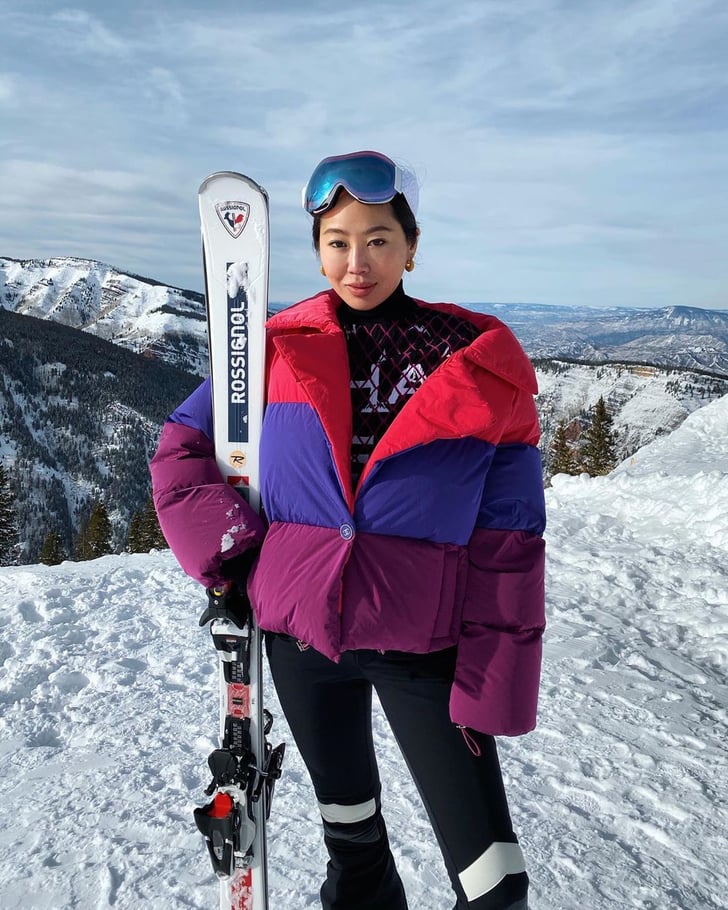Handy Reasons On Picking Merino Wool Base Layers For Hiking
Wiki Article
What Is The Major Difference In Merino Sheep And Other Types?
Merino sheep are different from other varieties of sheep in many ways. Fine wool Merino sheep are known for their fine wool, which is softer and finer than the wool of other breeds of sheep. Merino wool is prized because of its versatility, warmth , and ease of use.
Adaptability- Merino sheep are highly adaptable to different environments and climates. They can live in cool and hot climates.
Resilience- Merino sheep are known for being resilient and tough. They can withstand harsh weather conditions, and they are resistant to many common diseases of sheep.
Fertility- Merino sheep are characterized by a high fertility rate and can produce multiple offspring in a single pregnancy.
Merino sheep's grazing habits are unique. They have an unique way of grazing that is healthy for them. They prefer to graze in a controlled and carefully selected manner. This helps to avoid harmful plants and overgrazing.
Breedingbreeding Merino sheep have been selectively bred order to make the best quality wool. This has led to a wide range of Merino sheep breeds with distinctive characteristics and qualities.
Merino sheep are highly valued for their high-quality wool, flexibility and adaptability. They're an important resource to the wool industry and are admired by farmers across the globe.

What Are The Differences Between 3/4-Length, Long Sleeves, Zip-Neck, And Hooded Base Layers Of Wool Differ?
The various types of Merino wool base layers that are available such as 3/4 length, long sleeves as well as zip-neck, hooded and long sleeve provide different characteristics and benefits. This article will help you select the right 3/4 length Merino base layer. These base layers provide warmth and comfort for the lower part of the body, but without adding the bulk. The base layer is able to be worn over pants or shorts and is ideal for cool to mild climates. They're an excellent choice for activities where you need a little more warmth but don't require long-length base layers.
Long Sleeve Merino wool layer base layers are designed for warmth and the ultimate in comfort. They are available in a range of sizes and weights, and are perfect for colder weather. They are perfect for low- and moderate-intensity tasks that require additional warmth.
Hooded Merino wool base layers are designed to offer warmth and shield from the elements. The hood can be worn with a helmet, or other headgear. Hooded base layer are a good choice for activities in which you are exposed to wind or cold.
Zip-neck Merino base layers are designed for easy ventilation. They usually have the neckline of a zipper that is able to be opened or closed depending on the conditions of the weather. Zip-neck base layers are a good choice when you need to control your body temperature quickly, such as when you are engaged in high-intensity sports.
The weather conditions, the level of activity, as well as personal preferences will all contribute to selecting the right Merino Wool base layer. 3/4 length base layers will suit mild to cool temperatures, while long sleeves are ideal for cooler conditions. Hooded base layers provide additional protection against cold or windy winds. For any activity that requires you to rapidly regulate your body temperature zip-neck base layers could be an excellent choice. Also, ensure the base layer is well-fitted and allows full movement. Go best base layers for blog examples.

What Is The Best Combination Of Ski And Mid Layer Clothing With Regard To Merino Wool And Himalayan Yarn
Your preference and weather conditions will determine the ideal combination of Merino and Himalayan wool mid-layers. Here are some choices to think about Merino wool base layer and Himalayan Jak wool as a midlayer. This combination is great for colder temperatures when warmth is top priority. The Merino wool base layer provides excellent temperature control and water management as well as the Himalayan Yak wool mid-layer offers warmth and insulation.
Merino Wool mid-layer and Himalayan Jak wool middle layer. This combination is great for weather changes. Merino Wool's mid-layer can provide warmth, moisture management, and the Himalayan Jak Wool mid-layer can add an extra layer of insulation in case you need it.
Merino base layer, Merino middle layer of yak wool, and Merino wool middle-layer are constructed of Merino molasses. This combo is ideal for harsh conditions of the weather or for those who are more sensitive. The Merino wool base layer will offer the ability to regulate temperature and control moisture as well as moisture control. Merino wool's middle layer is designed to give warmth. The Himalayan Himalayanyak Wool mid-layer provides an additional layer in insulation and warmth.
It's important to note that layering is a matter of personal preference, and the best combination can differ from one person to person based on factors such as body type, activity level, and weather conditions. It is essential to choose layers that feel comfortable and permit you to be able to move around freely when skiing. Go discover koraoutdoor.com for ski thermals for more tips.

Merino And Himalayan Himalayanyak Wool Are Better Than Cotton Polyester Nylon Fleece And Cotton Alternatives For Ski Wear.
Merino wool, Himalayan Yak wool, and nylon are superior to fleece cotton, nylon and polyester for ski clothes. Warmth- Merino wool and Himalayan Yak wool are great insulations and can keep you warm even in the coldest weather. Merino wool and Himalayan Yak wool provide an excellent insulation. This is contrary to cotton, nylon and polyester, which are too lightweight.
Moisture management- Merino and Himalayan wools are exceptionally effective in managing water. Both fabrics are naturally moisture-wicking. They draw moisture from the skin and then move it to the outer layers, where it can evaporate. This is unlike cotton, which retains water. The fabric can become bulky and uncomfortable if it is wet.
Breathability Merino and Himalayan wools are highly permeable, which allows air to circulate within the fabric. This helps to regulate the body's temperature as well as prevents overheating. This is crucial when you wear ski clothing. It lets you remain comfortable when skiing. However polyester, fleece, and polyester are less permeable and can retain heat and moisture, that can cause you to feel uncomfortable and uncomfortable.
Comfort- Merino wool, Himalayan yak wool and Merino wool are all naturally soft and comfortable. They can be worn close the skin. They are extremely elastic and stretchy. This means they will move with your body and allow you to move with a wide range of motion. However, the nylon, fleece and polyester are prone to becoming stiff and uncomfortable. They can limit your movement, cause chafing, and cause discomfort.
SustainabilityThe sustainability of Merino wool and Himalayan yak wool are both natural renewable fibers that can be biodegradable and recyclable. They are therefore more sustainable than synthetics like nylon or polyester, which are made with non-renewable materials and take a longer time to decompose.
Merino wool and Himalayan Yak wool offer a variety of advantages that make them better over polyester, cotton nylon , and fleece for ski clothing. They are warm and durable, as well as water-wicking. They are soft and breathable. They are the ideal choice for those looking to keep comfortable during skiing.